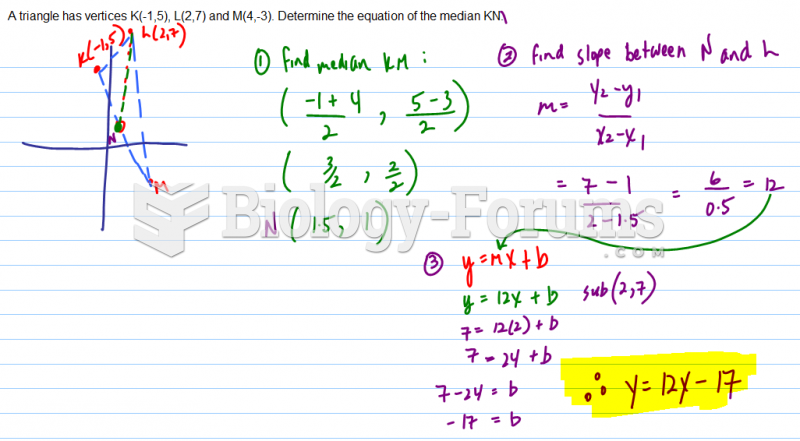Answer to Question 1
a.
H0 : u 45
H0 : u> 45
b. Because we are unwilling to assume that the population is normally distributed and because we wish to test about the median, an appropriate test to use is the Wilcoxon signed rank test.
c. The first step in conducting the Wilcoxon signed rank test is to compute the differences between each value and the hypothesized median. These are shown as follows:
Days d
50 5
30 -15
70 25
20 -25
30 -15
40 -5
60 15
80 35
Next, we convert the differences to absolute values.
Days d asb(d)
50 5 5
30 -15 15
70 25 25
20 -25 25
30 -15 15
40 -5 5
60 15 15
80 35 35
Now, we rank each of these absolute differences from smallest to largest. Note: If there are ties, we supply the mean rank for the tied items.
Days d asb(d) Rank
50 5 5 1.5
30 -15 15 4
70 25 25 6.5
20 -25 25 6.5
30 -15 15 4
40 -5 5 1.5
60 15 15 4
80 35 35 8
Next, keeping track of the original sign on the differences, we place the ranks in + or - columns as shown:
Days d asb(d) Rank + Rank - Rank
50 5 5 1.5 1.5
30 -15 15 4 4
70 25 25 7.5 6.5
20 -25 25 7.5 6.5
30 -15 15 4 4
40 -5 5 1.5 1.5
60 15 15 4 4
80 35 35 8 8
Totals = 20 16
The test statistic is the sum of + Ranks. This is 21.
For an alpha level = .05, the critical value for a sample size of n = 8 is 6 and 30. Since 20 < 30, we do not reject the null hypothesis.
Answer to Question 2
Generally, nonparametric tests are used when you are unwilling to make the assumptions that are required for the corresponding parametric test. For example, in testing a null hypothesis about a population mean when the population standard deviation is unknown, we might like to use the t-test. However, the t-test requires that the population be normally distributed.
Nonparametric tests are also used when the level of data measurement is lower. For instance parametric tests require that the data level be at least interval. However, nonparametric tests are typically based with ranked data and can be used with ordinal data.







